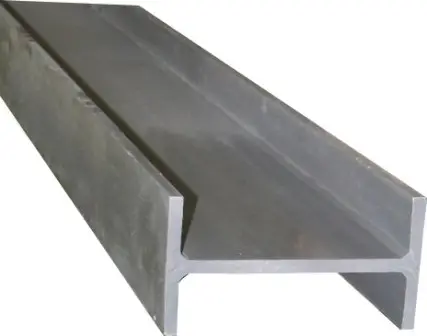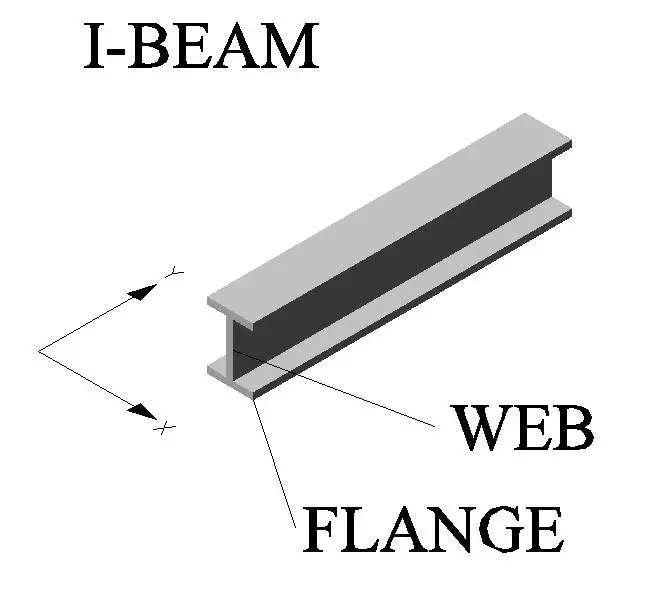H-beam and I-beam looks quite similar that makes it confusing to many who is not concered about the differences between h-beam and i beam. Lets discuss about these two structural members.
H-beam
H-beam is a structural beam made of rolled steel. It is incredibly strong. It gets its name because it looks like a capital H over its cross section. The H-beam has wider flanges than an I-beam, but the I-beam has tapered edges. The width is the flange, and the height is the Web. The difference between both H-beams and I-beams is the flange by web ratio. The H-beam tends to be heavier than the I-beam, and that is why some say that it is better than the I-beam, but that is subjective, as the H-beam is generally heavier.

Related: RCC Beam Behavior
I-beam
I-beam has tapered edges where an H-beam does not. It gets its name from the fact that it looks like a capital I when you see it from its cross section. With an I-beam, the height of the cross section is higher than the width of its flange. The I-beam is lighter than the H-beam, which means a H-beam is not always ideal.

The thickness of the center web is what is the most important, as that is what takes the force of the weight placed upon it, and that is why a lot of buildings require a H-beam over an I-beam. An I-beam is made by rolling or milling steel which means the I-beam is often limited by the capacity or size of the milling equipment. H-beams are built up; so they are able to be made at any size or width.
Related: RCC beam failure mode
Difference between I-beam and H-beam
It does seem that the H-beam is the better beam. But that is not always the case as it does depend on the use of the beam and the building/structure you are planning to put it into. Here is a closer h-beam vs i-beam comparison of the two beams.
H-beam |
I-beam |
|
|
|
|
|
|
|
|
|
|
|
|

Heavier does not mean stronger. I find it crazy that inertia was not even mentioned once on this page. Any sophomore engineering student can tell you that a H beam will be stronger if you use it as an I beam. The inertia of an I is greater than the inertia of an H with the same dimensions.